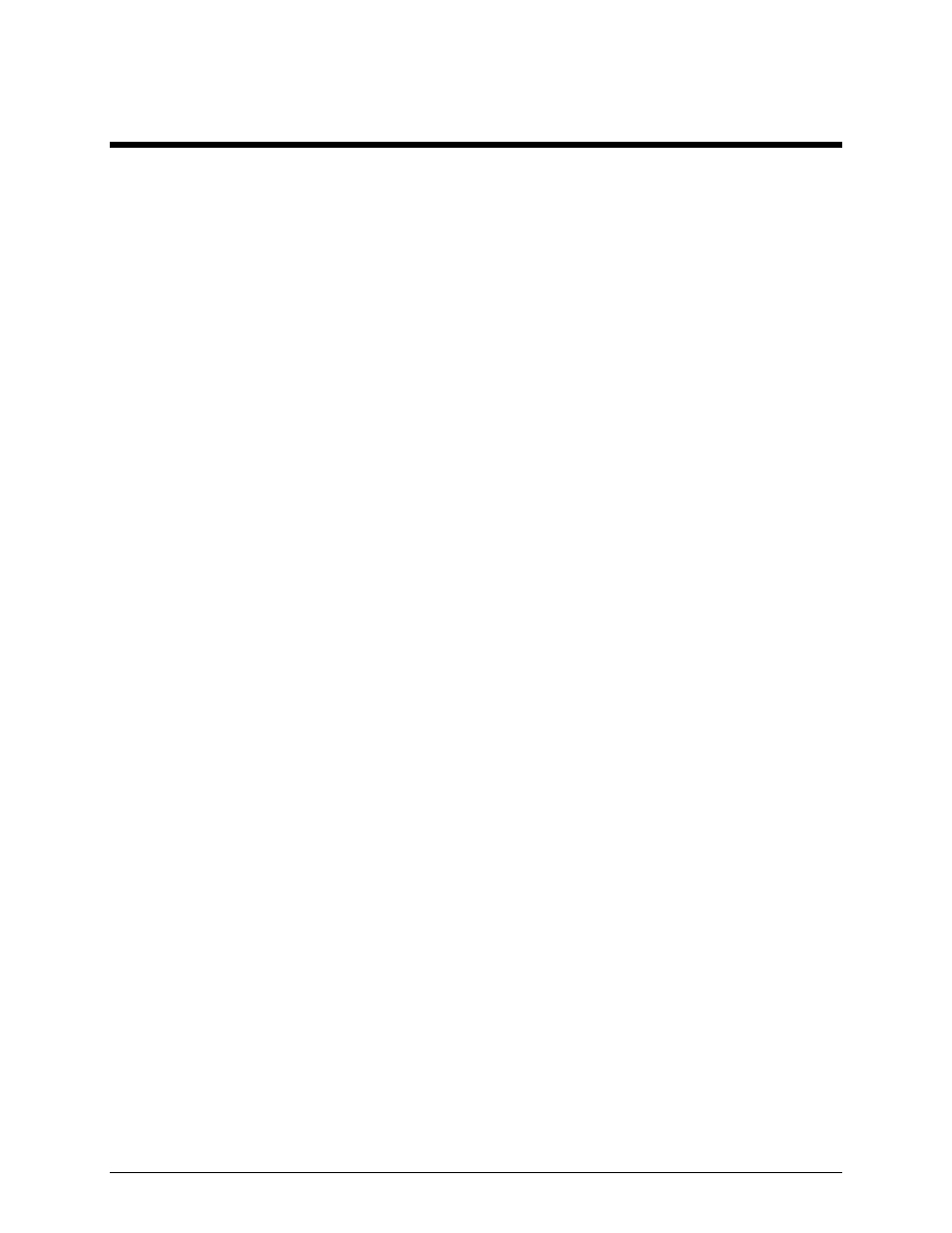Paging, Types of paging, Tone paging – GAI-Tronics MRTI 2000 (No. PL1877A) Microprocessor Radio Telephone Interconnect Installation & Service Manual User Manual
Page 135: Tone paging example

129
12/10
Paging
Types of Paging
The PL1877A supports the following types of paging: DTMF, 2-Tone, Plectron 5/6-Tone, 1500, and
2805.
N
OTE
: In many applications below 800 MHz, the maximum allowable signaling time, as prescribed by
FCC regulations, is 3 seconds and only signal once. Therefore, be sure that regulations applying to this
system are not violated before programming the tone length values that would cause the console to signal
for more than the allowed time.
2-Tone Paging
The 2-tone paging format requires a 3-digit prefix or capcode. This capcode and the selected code plan
determine what paging tone frequencies are transmitted.
2-Tone Paging Example
Example 1
Suppose the number of 2-tone keypad digits accepted from the user on the selected channel is 2, and
Code Plan R has been selected. The 8-second group call has been selected and the preset 2-tone digit is
7. Also, the A tone length is set to 1 second and the B tone length is set to 3 seconds.
If the console operator entered the digits 43 and pressed the
TRANSMIT
button, the console would
generate 1251.4 Hz for 1 second followed by 669.9 Hz for 3 seconds. These tone frequencies are located
on Table 2 according to the following procedure.
1. Locate the chosen code plan (R in this example) on Table 1.
2. From the same chart, locate the most significant digit (MSD) of the 2-Tone prefix (7 in this
example).
3. Next, determine the 2-digit number that appears at the intersection of the code plan row and the MSD
column (62 in this example).
4. The first digit of this number (6 in this example) corresponds to a number under the Group # heading
on Table 2, and indicates which row of frequencies on Table 2 will be used for the A tone. In this
example, the A tone number entered by the console operator is 4, which corresponds to 1251.4 Hz.
5. The second digit of the number from chart B (2 in this example) also corresponds to a number under
Table 2 Group #, and indicates which row of frequencies on Table 2 will be used for the B tone. In
this example, the B tone number entered by the console operator is 3, which corresponds to 669.9 Hz.
The previous example involves the console operator being required to enter two digits from the keypad
(programming the number of 2-Tone digits accepted from the user on the selected channel to 2).
However, if all three digits were required from the console operator (programming the number of 2-Tone
digits accepted from the user on the selected channel to 3), the procedure for finding the frequencies from
Table 2 would be the same except that the most significant digit of the prefix would be the first digit
entered from the keypad.